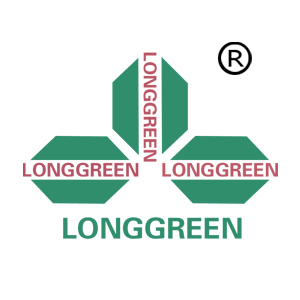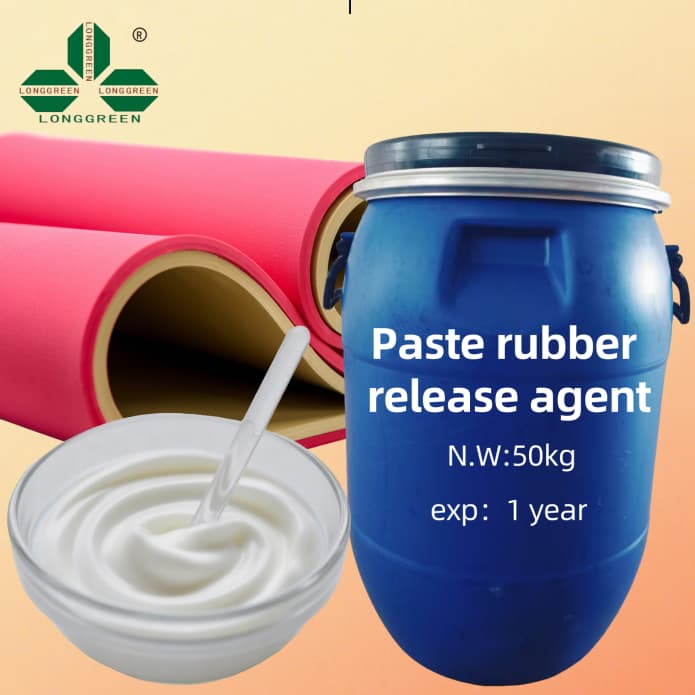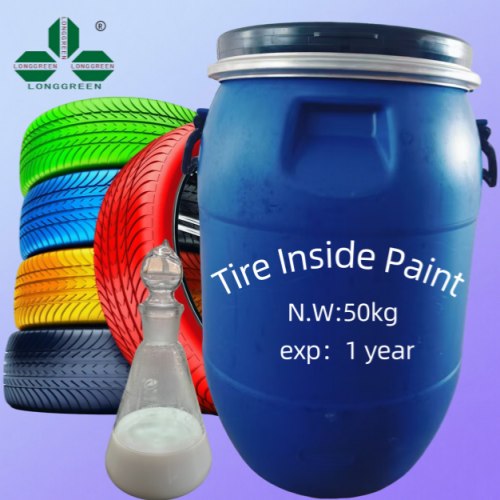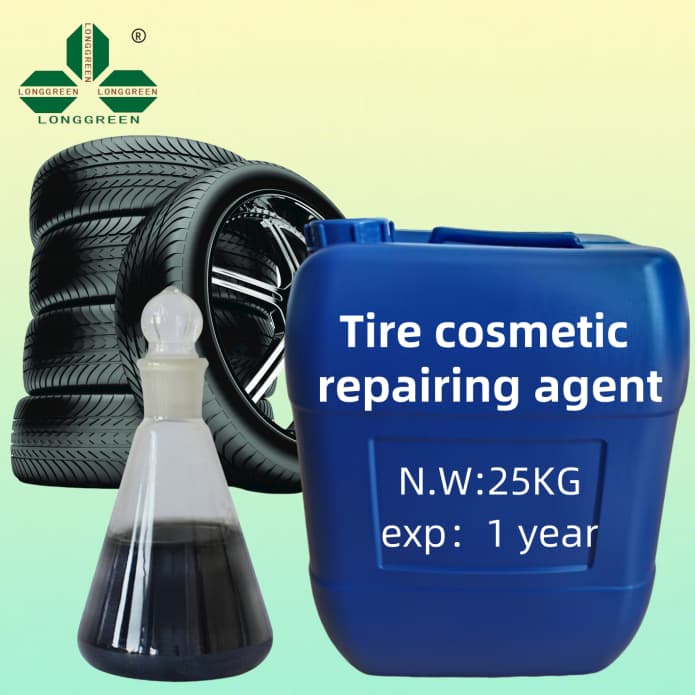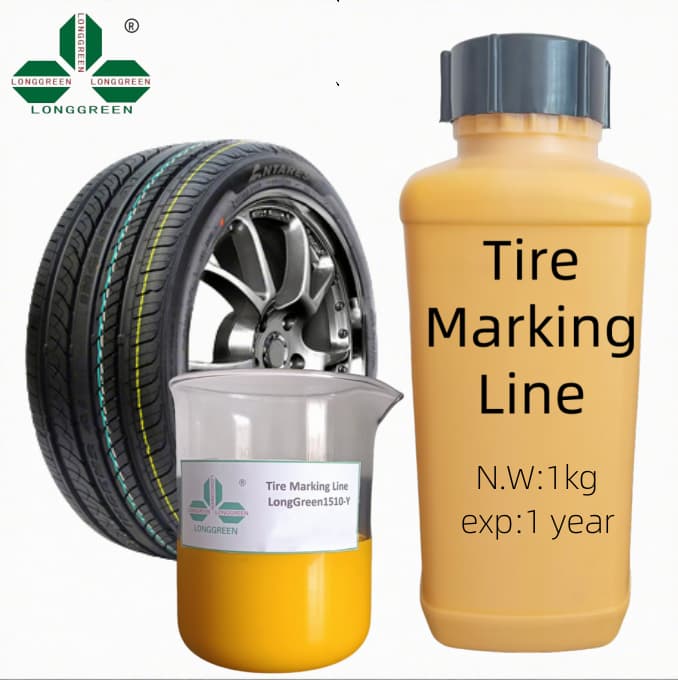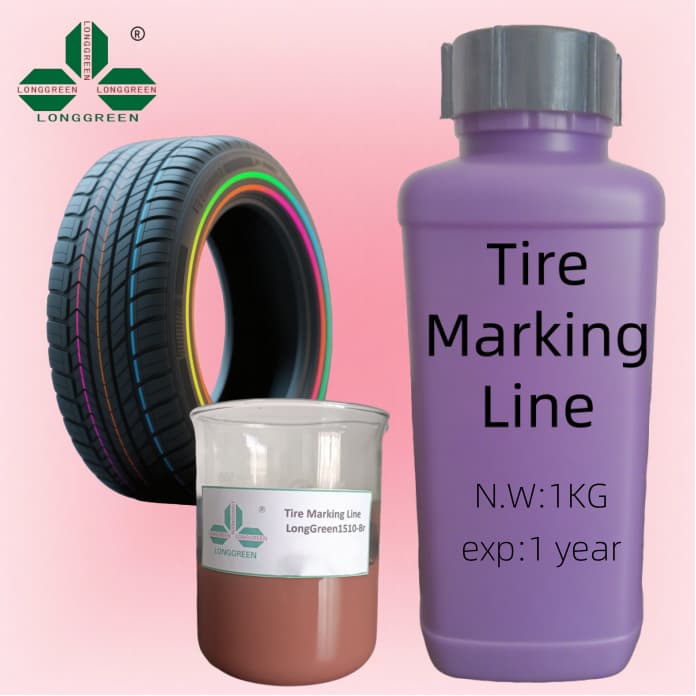Recent months have witnessed a notable uptick in attention toward Rubber anti-vulcanization rebound agent within the global rubber sector, as manufacturers strive to overcome longstanding challenges in vulcanization processes and boost the durability of rubber products. This specialized additive is pivotal in countering the adverse impacts of over-vulcanization— a common issue that leads to reduced elasticity, increased brittleness, and shortened service life of rubber components. With demand for high-performance rubber surging in automotive, industrial, and medical fields, the role of this additive has become increasingly indispensable.
The growing adoption of the agent is closely linked to the expansion of key end-use industries. The automotive sector, especially the rapid shift to electric vehicles (EVs), demands rubber parts like tires, gaskets, and hoses to endure harsher operating conditions, including wider temperature fluctuations and higher mechanical stress. Over-vulcanization in these parts can undermine safety and longevity, prompting automakers to integrate this additive to preserve optimal rebound and structural stability. Similarly, the industrial machinery segment—where sealants and O-rings are critical for preventing fluid leaks—has ramped up use of Rubber anti-vulcanization rebound agent—this agent to extend product lifespans and cut maintenance costs.
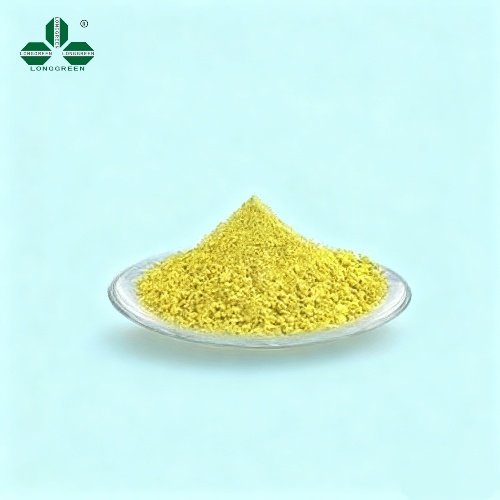
Technological advancements have further enhanced the value of the agent. Recent innovations focus on improving its compatibility with diverse rubber matrices, such as natural rubber (NR), styrene-butadiene rubber (SBR), and ethylene-propylene-diene monomer (EPDM). Earlier formulations sometimes clashed with specific rubber types, causing inconsistent performance, but new iterations of this additive now blend seamlessly, ensuring uniform performance across products. Additionally, sustainability trends have driven the development of low-volatile organic compound (VOC) versions of the agent, aligning with global eco-friendly manufacturing standards.
Rubber anti-vulcanization rebound agent is also making inroads into specialty applications. The medical industry, for example, depends on rubber products like catheters and seals that must retain elasticity and sterility. Over-vulcanization can cause these items to harden or degrade, risking patient safety—so incorporating this agent has become a priority for medical rubber manufacturers. The consumer goods sector, including rubber gloves and sports equipment, is also exploring this additive to enhance comfort and durability, widening its market scope.
Looking forward, the market for Rubber anti-vulcanization rebound agent is set for steady growth. As the global rubber industry expands—fueled by urbanization, infrastructure development, and EV adoption—demand for performance-boosting additives like this one will rise. Analysts anticipate the development of multifunctional formulations that combine anti-vulcanization rebound properties with UV resistance or flame retardancy, opening new application areas. Moreover, stricter regulations on rubber product performance and environmental impact worldwide will likely make this additive a standard in manufacturing, solidifying its status as a key enabler of high-quality rubber production.

